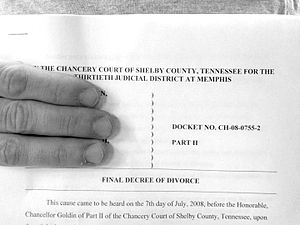Actor Phillip Seymour Hoffman, who died of a drug overdose in February, had not updated his will in years. The mistake could prove troublesome for two of his daughters and their mother.

The will was signed in 2004 when the actor had just one child, Cooper, now 11. But he subsequently had two daughters, Tallulah and Willa, neither of whom are mentioned in the will.
This may or may not be a problem.
The award-winning actor, who was just 46 when he died, left everything to his longtime companion, Marianne O’Donnell, the mother of his three children. But that’s just the beginning of the story, according to an article on Forbes.com.
Since Hoffman and O’Donnell were not married, she does not get any of the estate tax breaks available to spouses. You can give an unlimited amount to your spouse during life or in an estate plan, with no federal or state tax applied.
Hoffman was worth an estimated $35 million at the time of his death. The federal estate tax exemption is $5.3 million, but the rest is taxed at up to 40 percent. New York has its own estate tax of up to 16 percent for non-spouses, with a $1 million exemption.
In all, Hoffman’s estate will be taxed at more than $15 million. And since they were not married, any assets that remain at O’Donnell’s death would be taxed again.
There may be a way out for O’Donnell, however, The will allows for her to turn down all or part of her inheritance and put it into a trust. Any assets that go into the trust bypass her estate and cannot be taxed when she dies.
But the fact that only Cooper was mentioned in the will, complicates the matter. The will provides that he get half the principal of such a trust when he turns 25 and the other half when he turns 30. However, the law of New York and most states protects children not named in a will that has not been updated from being disinherited.
The article suggests that O’Donnell, who is the executor of the will, should appoint a guardian to represent the two sisters.
Other matters that could complicate matters include if Hoffman had set up a retirement account or a life insurance policy.
But all the confusion could have been avoided if Hoffman had included a clause in the will stipulating that any reference to Cooper includes any other children born after him.






